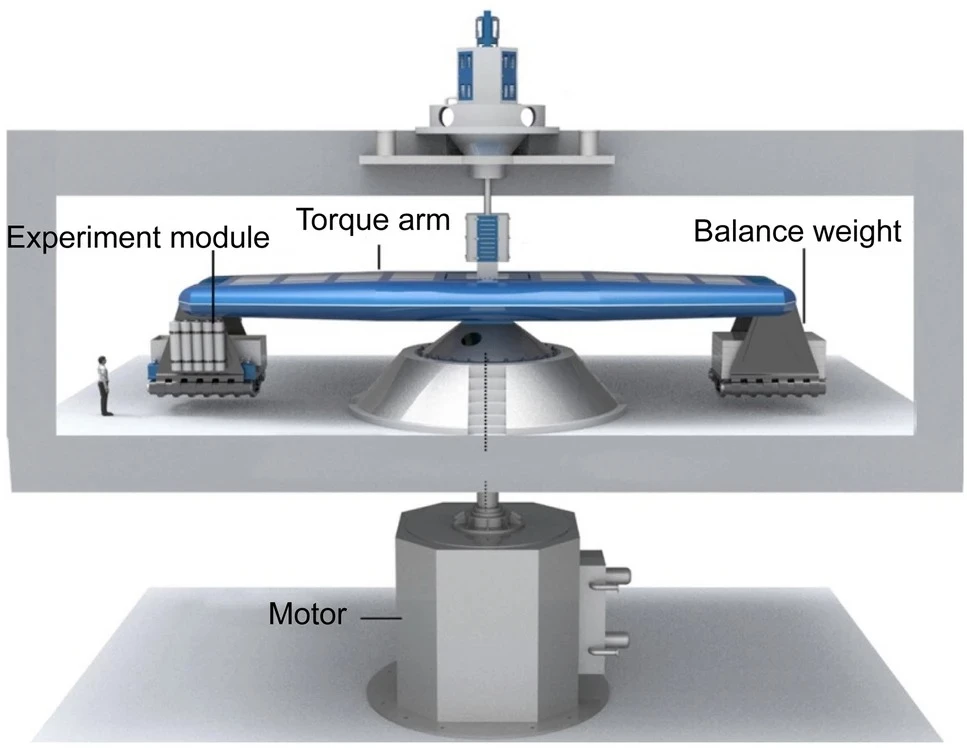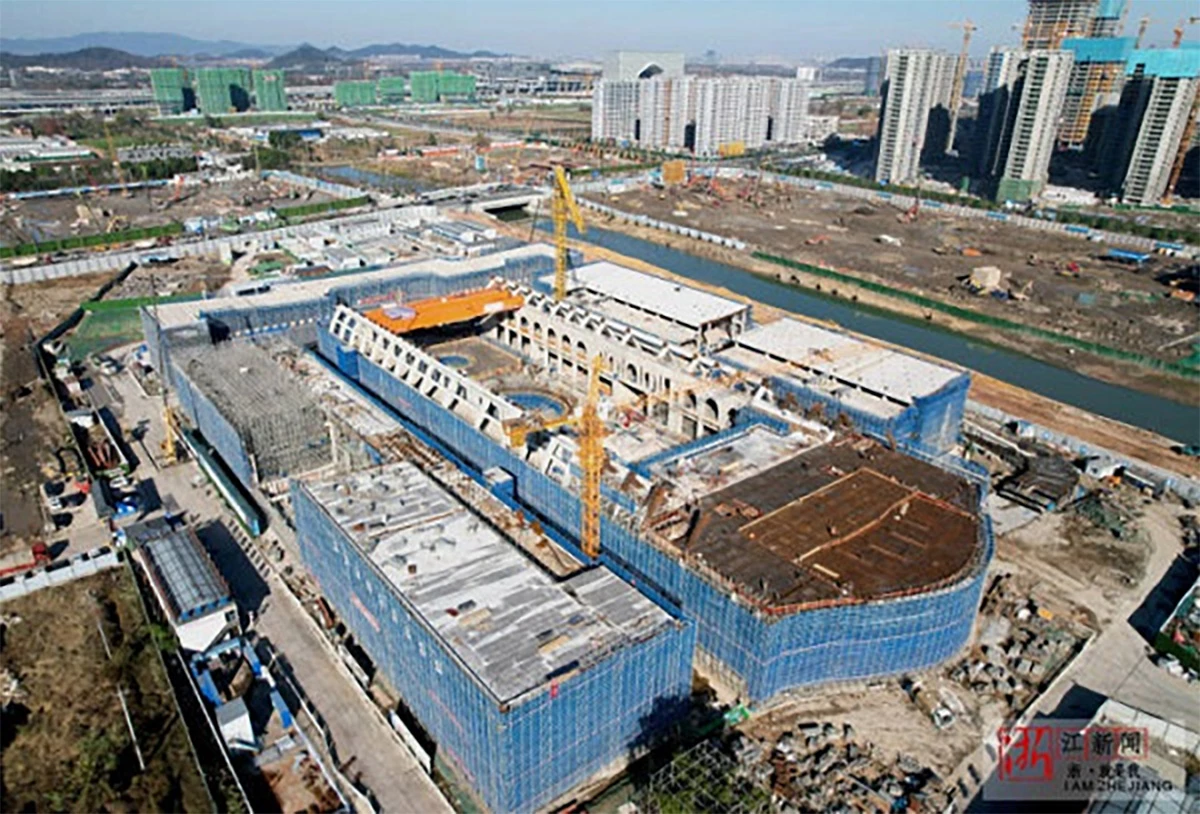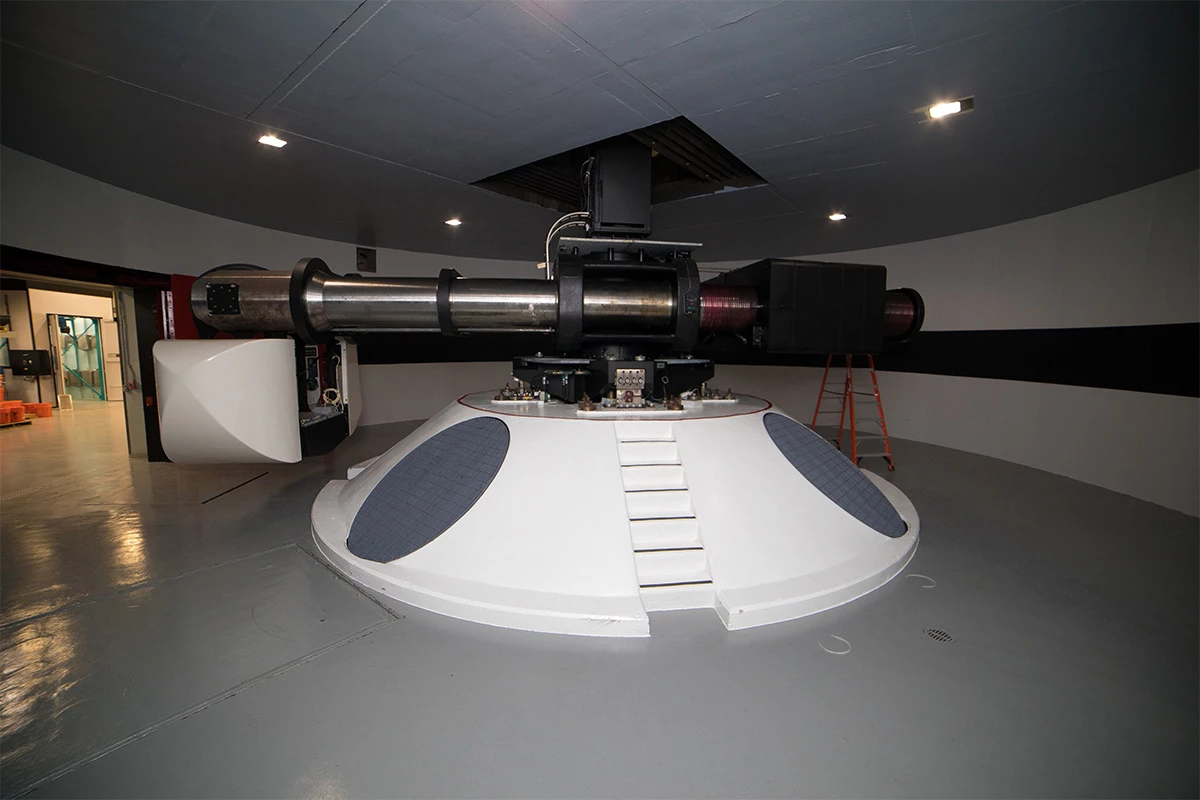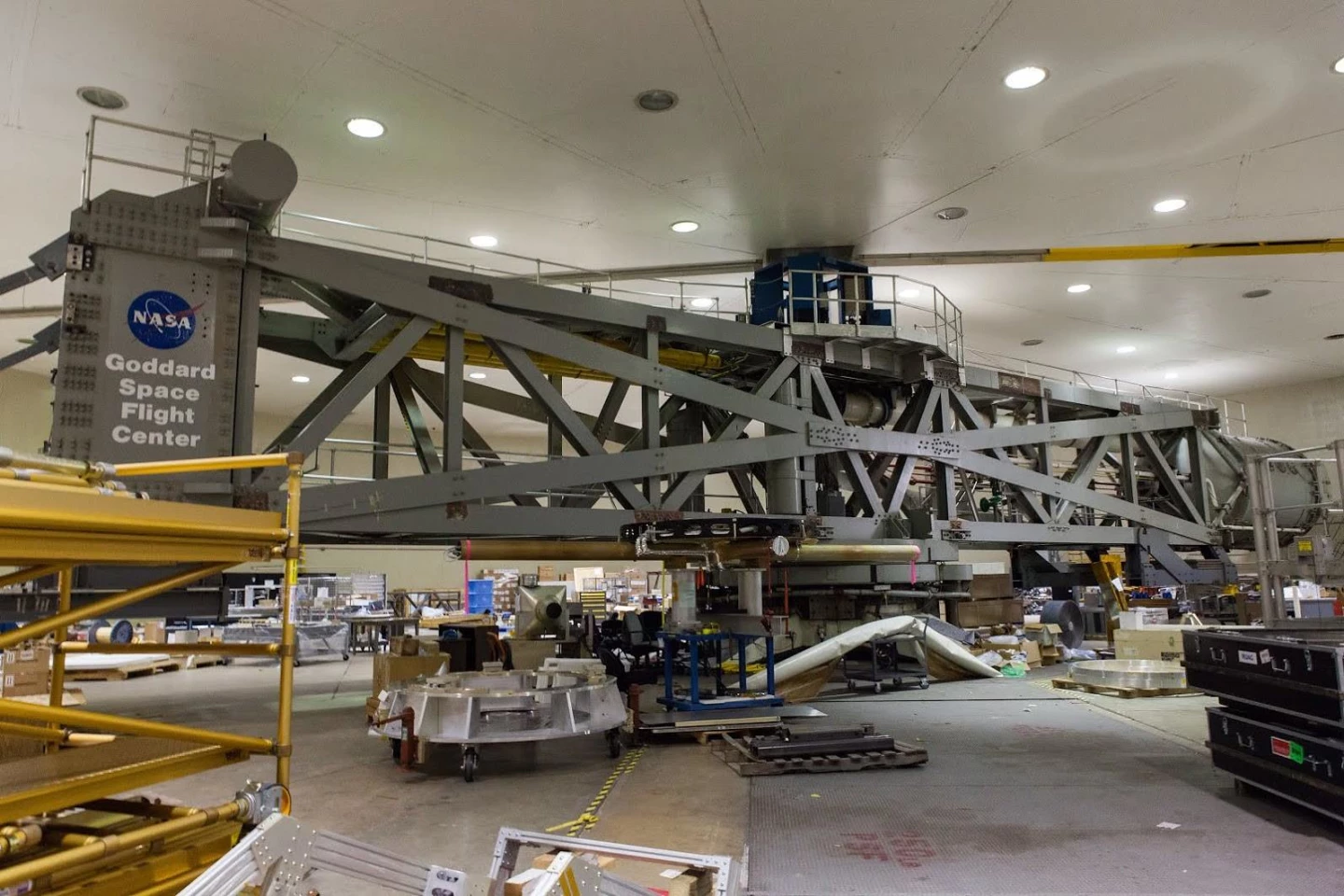China is now home to the world's most powerful centrifuge capable of creating artificial gravity. This facility will enable a wide range of experiments to help make sense of scientific phenomena, simulate geological events, and test new materials.
Located in the eastern Chinese city of Hangzhou, the Centrifugal Hypergravity and Interdisciplinary Experiment Facility (CHIEF) houses the world's largest hypergravity centrifuge. According to the South China Morning Post, the project was greenlit in 2018 by the national government, and construction began in 2020 at a cost of some 2 billion yuan (US$276.5 million).
Basically, it's a giant spinning arm in a large room that can carry a payload, and spins extremely fast to create artificial gravity stronger than what we normally experience on Earth.
When it spins at a high speed in a circle, the arm's motion creates what's called a centrifugal force; it pushes outward, simulating gravity that can be many times stronger than Earth's normal gravity (which we call 1G), aka hypergravity. This force helps us replicate conditions to test the strength of materials for building bridges and spacecraft, the effect of rivers' flood dynamics on dams, and how plants might grow in space.

By creating hypergravity conditions, CHIEF accelerates physical processes that would normally take much longer under Earth's gravity. This allows scientists to observe and study phenomena more quickly and efficiently.
Chen Yunmin, a professor at Zhejiang university who led the CHIEF project, said that with facilities like this, "scientists can observe the transport of pollutants that in nature would take tens of thousands of years.”

Similarly, you could use a centrifuge like this to observe how dams might function over years of stress in just a few hours, and model dangerous scenarios safely. This helps engineers design better, safer dams and prepare for potential flood events.
Since they enable these realistic simulations much faster than they'd occur in nature, and with smaller models, these hypergravity centrifuges are said to 'compress' time and space. That also makes them useful for research into complex physics problems and engineering challenges.
CHIEF is designed to support a centrifuge capacity of 1,900 g-t (gravity acceleration × ton), and payloads of up to 32 tons. That's said to be more than other facility on the planet, beating out the US Army Corps of Engineers' facility that manages 1,200 g-t.

We don't yet have exact figures describing the size of CHIEF's three centrifuges, but they'll need to be absolutely enormous to manage that kind of capacity. For reference, the centrifuge at NASA's Goddard Space Center was the largest one in the world about a decade ago, measuring about 140 ft (42.6 m) in diameter, with a rotational top speed of 156 mph (250 km/h). It's capable of accelerating a 2.5- ton payload up to 30 g – a lot less than what CHIEF can do.

With six hypergravity experiment chambers, CHIEF will support six different areas of focus for research:
- Slope and dam engineering
- Seismic geotechnics
- Deep-sea engineering
- Deep-earth engineering
- Geological processes
- Materials processing
The main engine of the first centrifuge is fired up and ready to go; the remaining two centrifuges and 10 on-board units for them are still being fabricated. CHIEF's first phase of commissioning is set to take place this year.
Source: South China Morning Post






